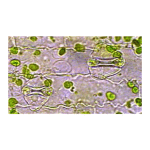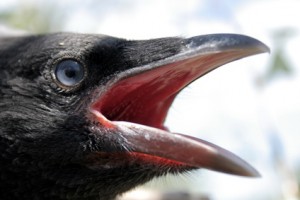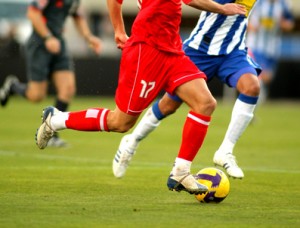Leading on from my previous article on over-seeding and the new over-seeding fact sheet , I have received a few enquiries about over-seeding of bowling greens this week.
A common question is about over-seeding rates, or how much seed to use.
There is of course no right or wrong answer to this as the rate can be adjusted to suit conditions, required effect etc.
So in some circumstances it might be necessary to over-seed very heavily to ensure a thick enough sward on a bare area for example.
At other times when using a particularly specialist seed mix the rate might be very light indeed.
As a general guide if you are using a traditional 80% fescue and 20% bent grass mix, then I would normally recommend a rate of 15-20g/m2.
Over a typical green of around 1400m2 the lower end of this scale would use about 1 full commercial bag of seed.
If a more specialist all bent grass over-seeding mix was being used then the application would go down to about 8g/m2 to reflect the major difference in seed size and weight.
It’s always best to try to divide the application into two passes with the machine as this helps to avoid missed areas and gives a more uniform finish. This is all the more important when using all bent mixtures as you can’t actually see the seed once it’s been applied due to its size.
5 tips for getting this operation right are:
- Choose a high quality seed mix which utilises cultivars from near the top of the STRI turfgrass manual.
- Calibrate machinery accurately as even a small error in adjustment can waste a lot of expensive seed.
- Always apply seed into rather than onto the bowling green surface.
- Heavy sowings can encourage Damping Off disease so take care.
- Always apply seed in at least two passes in different directions.





